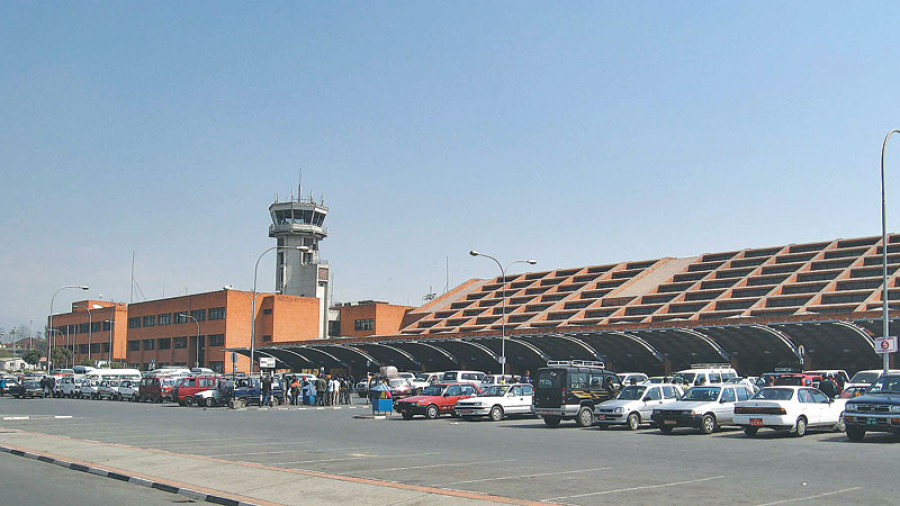Money
TIA authority working on plan to declare airport capacity
Amid challenges facing the Tribhuvan International Airport (TIA)—country’s sole international airport—to cope with the growing air traffic, the airport authority is marking out a plan for “airport capacity declaration”.
Amid challenges facing the Tribhuvan International Airport (TIA)—country’s sole international airport—to cope with the growing air traffic, the airport authority is marking out a plan for “airport capacity declaration”.
According to the Civil Aviation Authority of Nepal (Caan), the TIA is conducting a study for the first time on the reasonable estimate of its capacity.
As the congestion at the TIA is expected to become more pronounced in the future, the airport is making its capacity declaration plan to cater to the demands for aviation services before any new airport is opened by 2018, said Rajan Pokhrel, deputy director general of Caan. “However, the study will take some time,” he said, adding that the Caan, TIA and the air traffic controllers have also been exploring other alternatives to manage the existing traffic flow. With the planned induction of relatively bigger aircraft both into the domestic and international operations, Nepal’s sole international airport is likely to be strained further in terms of parking space and capacity to handle new types of aircraft. The domestic market is likely to see an addition of nearly a dozen new aircraft by 2018. Nepal Airlines and Himalaya Airlines are planning to expand their fleets by bringing in a number of large jets.
The capacity declaration will help gauge the maximum number of aircraft movements that the airport can handle during a specified time, Pokhrel said. The airport’s capacities will be reviewed for capacity adjustments based on airport operations, airport infrastructure, fleet size and numbers and future demands of airlines.
Experts say that Nepal’s sole international airport has turned into a “roll and hold” facility. Airport managers and airline operators struggle to ensure a smooth movement during the peak season—September-November period—due to infrastructure bottlenecks, particularly due to parking space crunch at the TIA.
“It is very common to be told to hold in the air as well as on the ground,” airlines officials said, adding that the winter is more painful for airlines as an hour’s delay or hold is common during this time when the airport handles nearly 300 domestic flights and about 80 international flights daily.
In 2014, 42 percent of scheduled flights had to cancelled due to poor weather and congestion at the TIA. The statistics of the Tourism Ministry show that domestic airlines had to cancel 18,328 flights in 2014. Only 27,920 out of the 44,407 scheduled flights took off. The TIA handles more than 100,000 take-offs and landings a year—80 percent of them domestic flights.
According to the TIA, passenger movement has jumped 150 percent and aircraft movement 60 percent in the last 10 years. This has severely strained the country’s sole international airport which has a single runway and approach system.
The basic structure of the airport was developed over fifty years ago. Since then there have been huge changes, including a hundred-fold increase in demand for aviation. However, the growth has not matched the development of airport infrastructure.




 15.12°C Kathmandu
15.12°C Kathmandu














